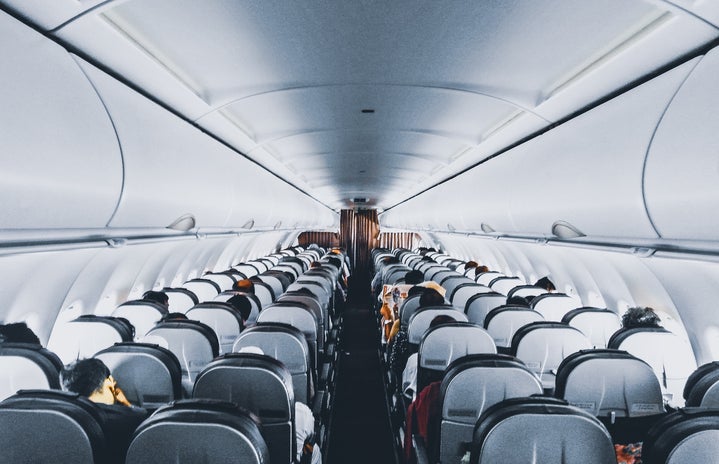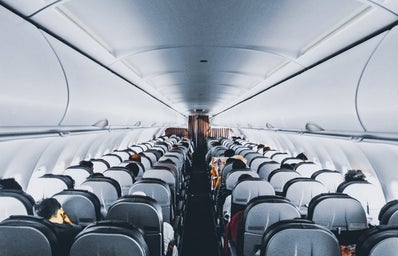When I was younger, I was petrified of flying. I loved to travel, but going somewhere on an airplane was out of the question. I rely on an electric wheelchair for independent mobility. When I travel on a plane, my wheelchair is stored with other luggage. I heard so many horror stories of broken wheelchairs after a long flight, with no way of fixing the damage quickly. My chair is heavy but fragile. Many transporters don’t know how to properly lift or store a wheelchair. It’s merely because they are unaware of how fragile it is, and they have to use a lot of force because of its weight.
Needless to say, there’s a lot of room for improvement when it comes to wheelchair users traveling via air. Airline companies have funds set aside specifically for wheelchair repairs. While it’s nice that the company can cover the damages, it shows that wheelchairs are impaired far too often in the process of flying.
Many changes have been made to make the flying experience more accessible under section 504 of The Rehabilitation Act of 1973 and the Americans with Disabilities Act, but neither covers accessibility on the plane. So at this point, the airport must be handicap accessible, and people with disabilities are allowed to have certain accommodations. The plane, however, doesn’t have to meet very many accessibility requirements. There are a few rules about in-flight restrooms.
The in-flight bathroom is pretty much every nonambulatory person’s nightmare. First off, I’d have to be carried all the way into the bathroom. That is no easy task, especially through the tight aisles. Second, the bathrooms are “accessible” but not truly accessible. Only the largest planes are required to carry an aisle chair and have an accessible restroom. My first flight was six hours and the plane didn’t have an accessible restroom. In situations like that, many disabled people are forced to wait it out until they land.
If a person with a disability has to endure long flights with no access to a restroom, isn’t there a problem? Yes. Senator Tammy Baldwin and Representative Jim Langevin are looking to fix those problems by introducing the Air Carrier Access Amendments Act. The act will establish a private right of action, and increase administration enforcement. It will also establish a set of physical standards of access that new airplanes have to meet. Lastly, it will require airlines to remove access barriers on existing airplanes if readily achievable.
If this legislation were to pass, it would be the beginning of safer and smoother travels for individuals with disabilities. Many people in wheelchairs dream of the day when their most important mobility device will be treated as such. This meaning that people will be able to stay in their wheelchair aboard the plane.
This legislation has some pushback. Airline companies don’t want to spend the amount of money it would take to comply with the new requirements. Other critics have argued that it would be too much for the government to provide these funds as well.
Because of this pushback, we need some help. You can help by telling others about the problems disabled people face and how this legislation will help. If you really want to help, you can write a letter to some of your local government officials urging them to support the Air Carrier Access Amendments Act.



